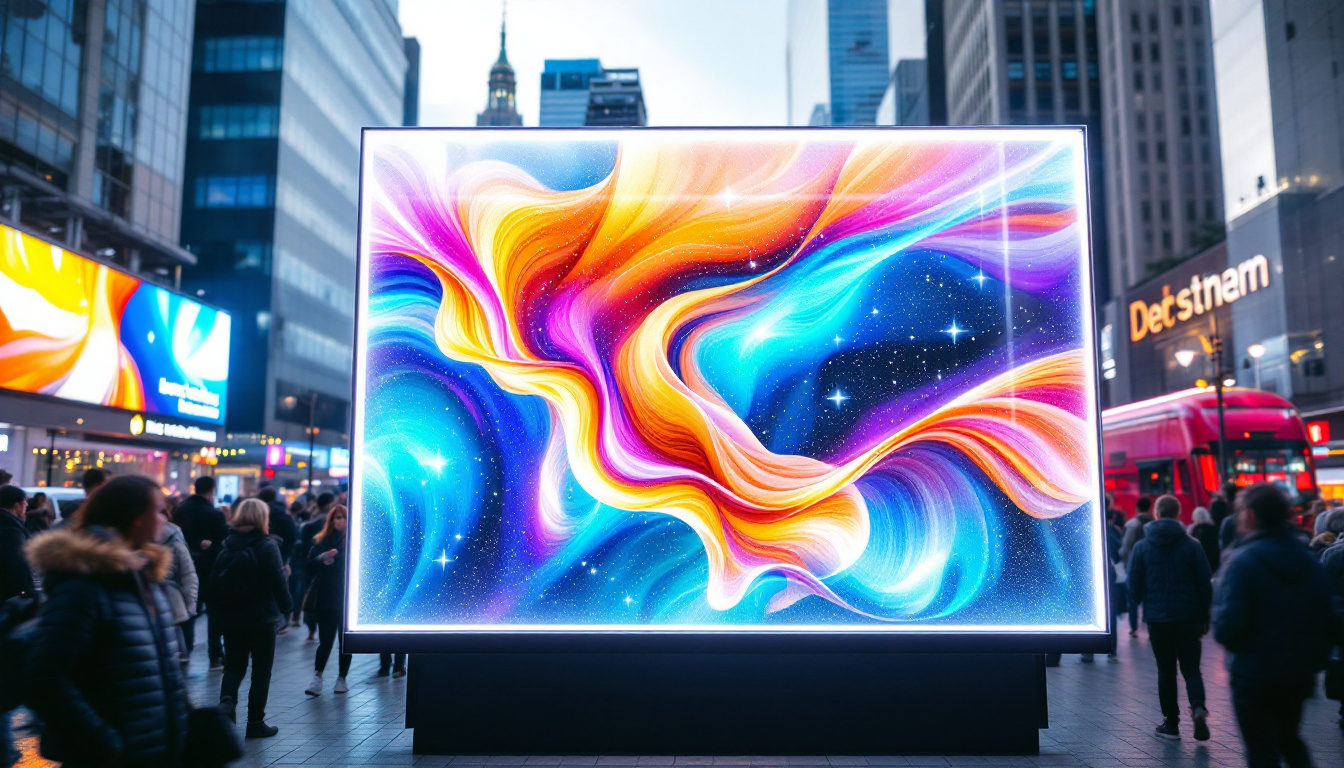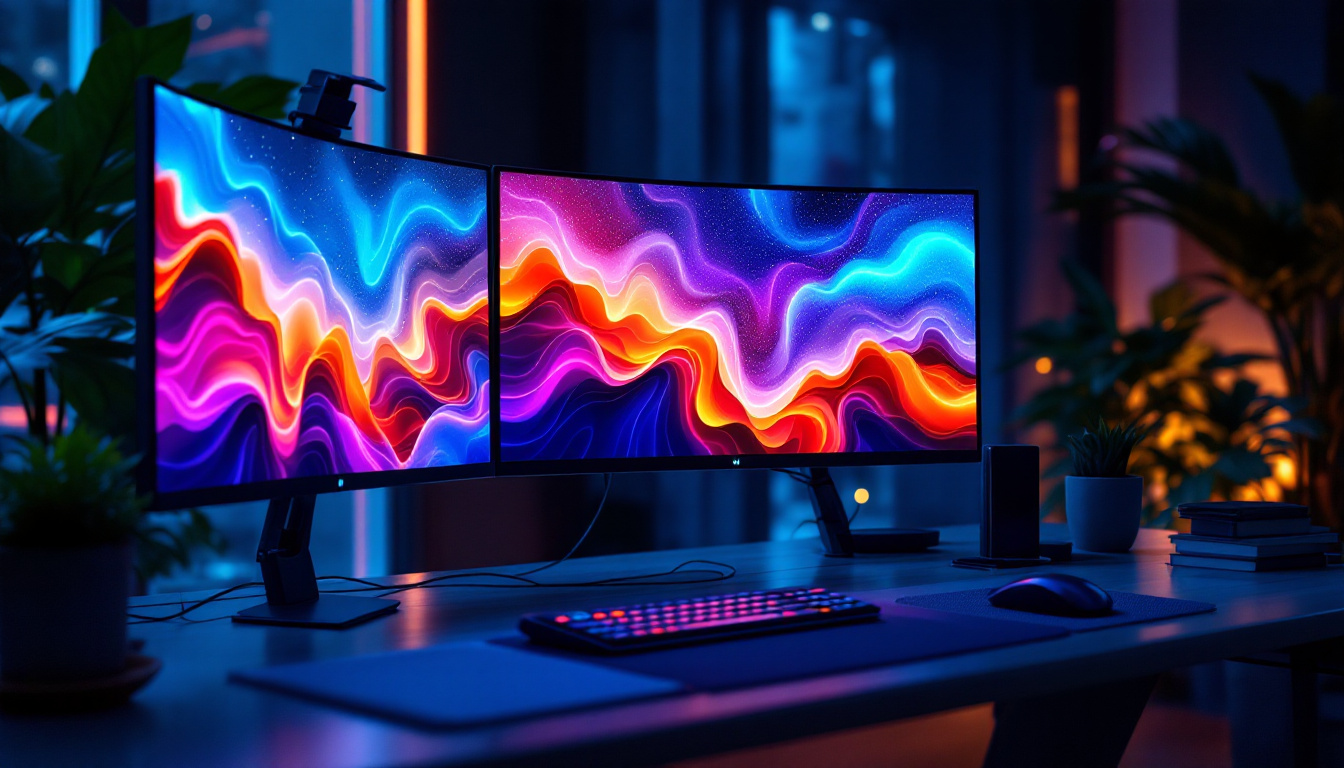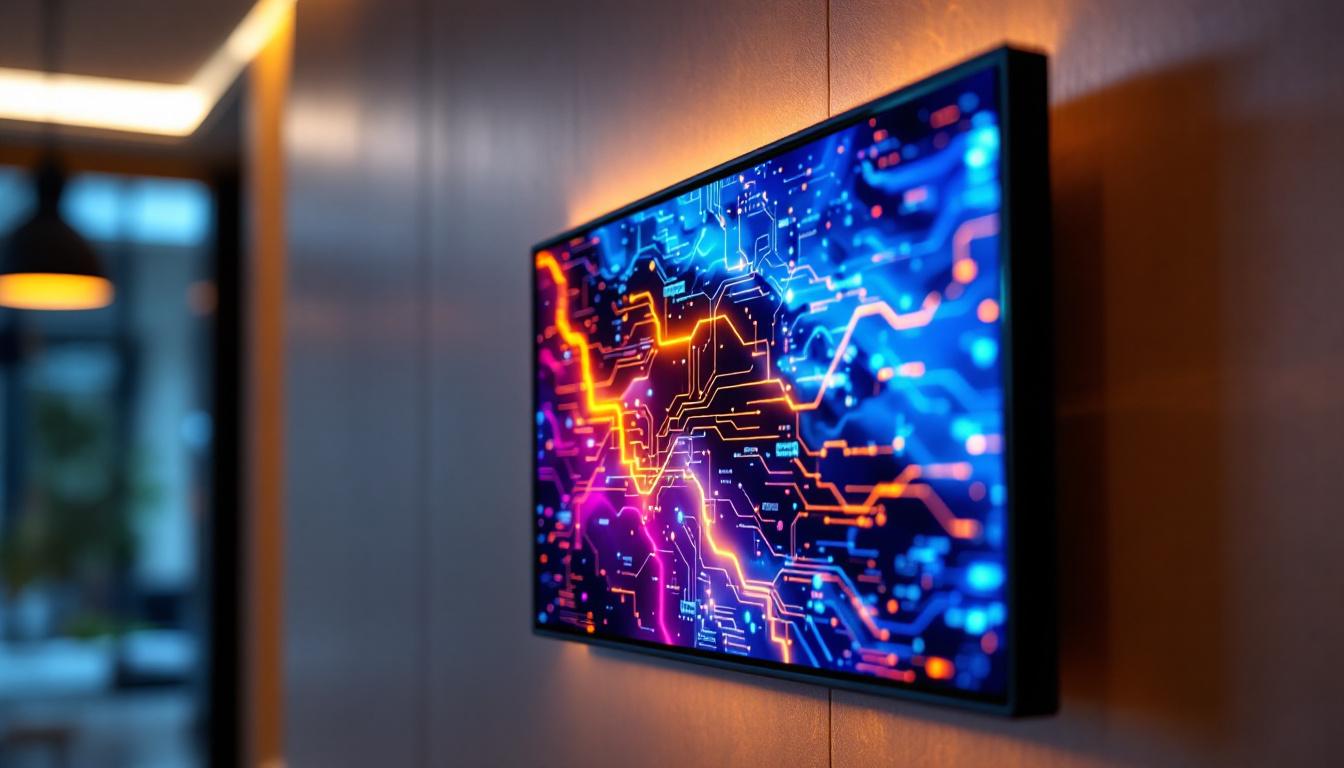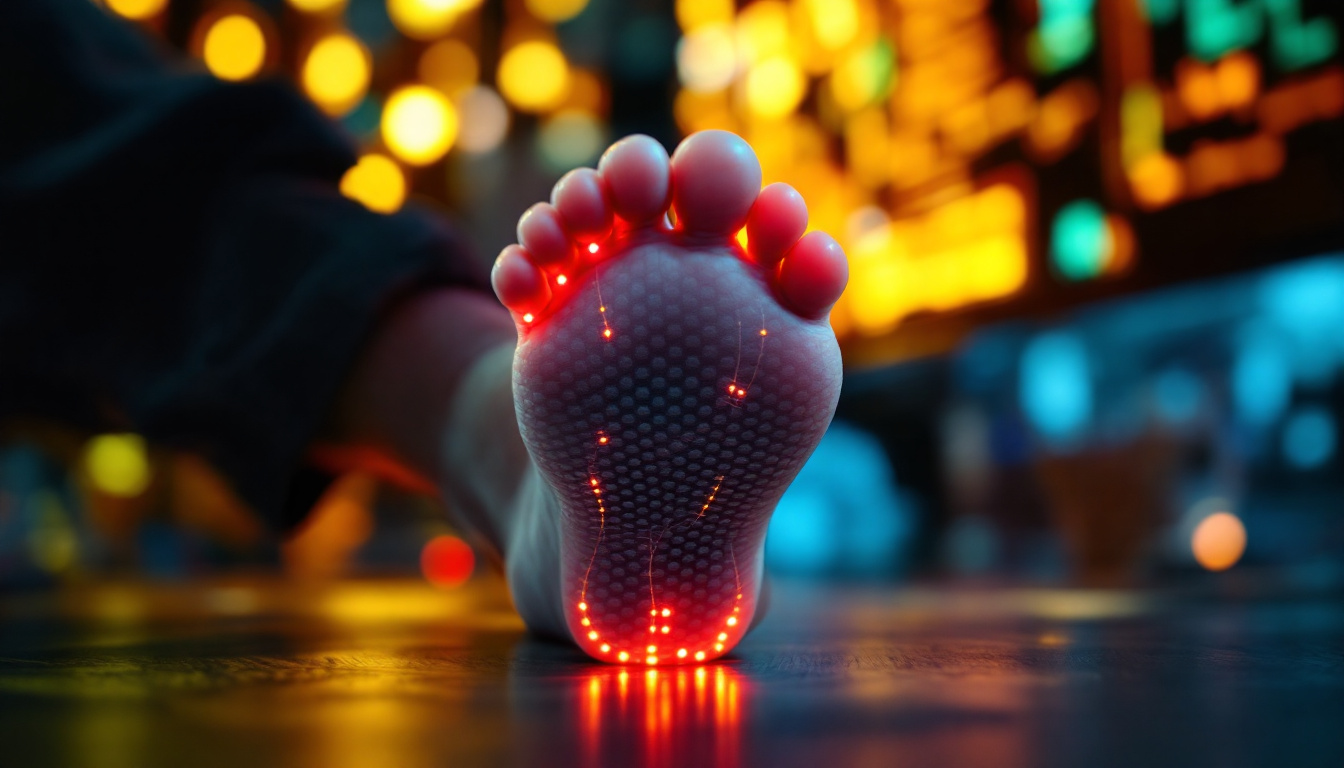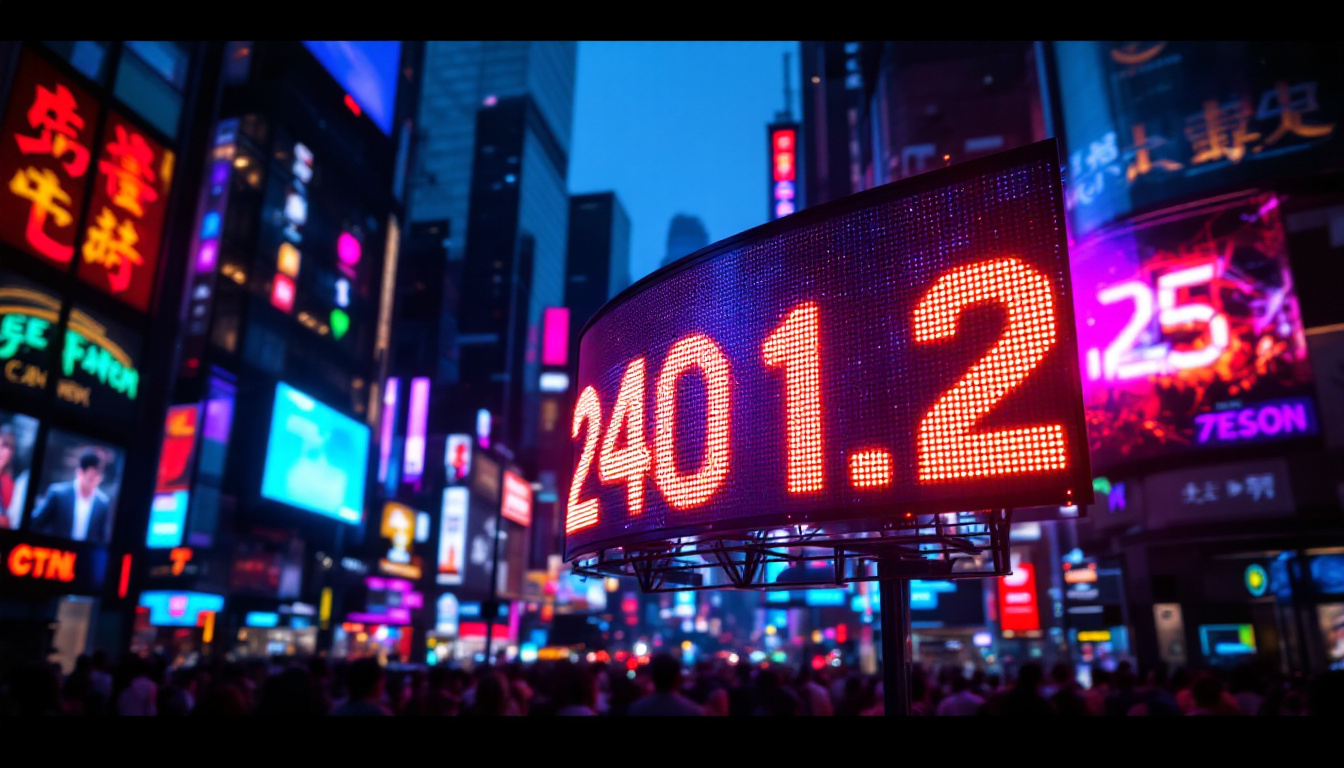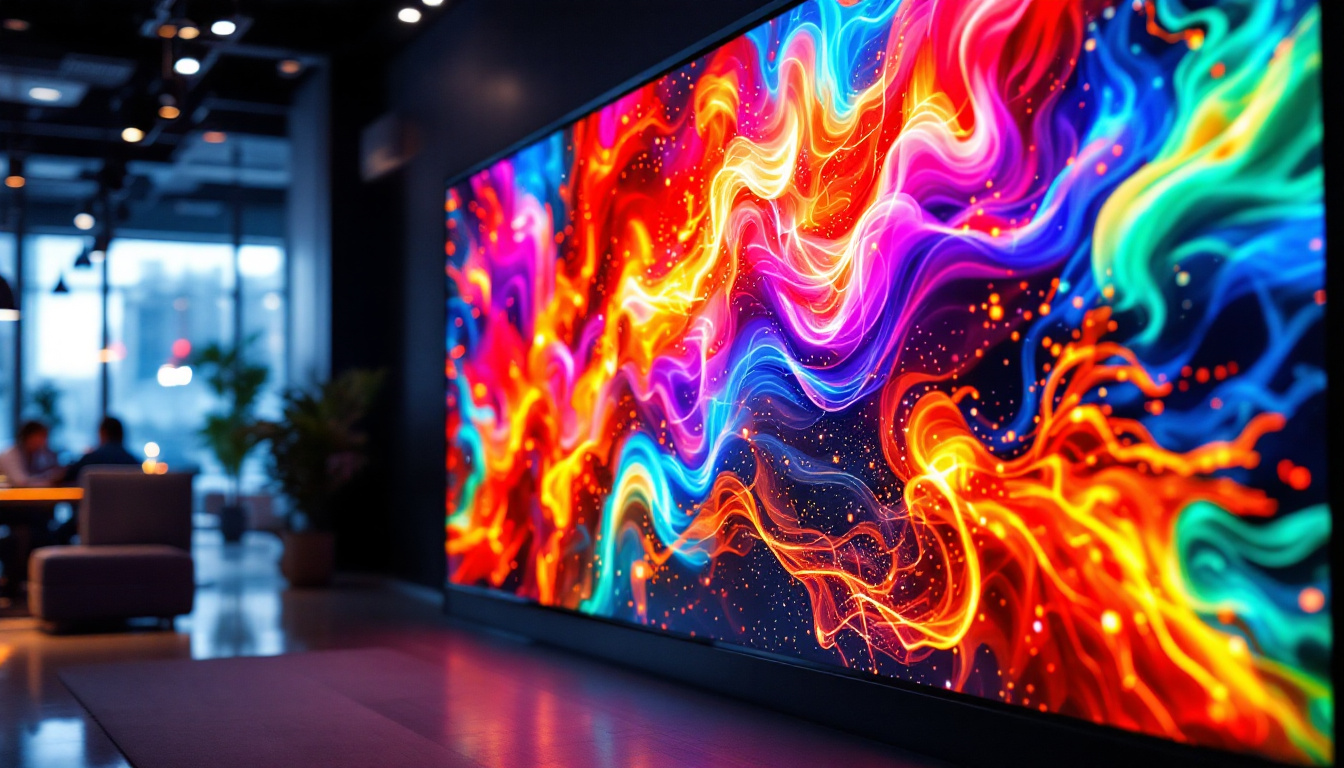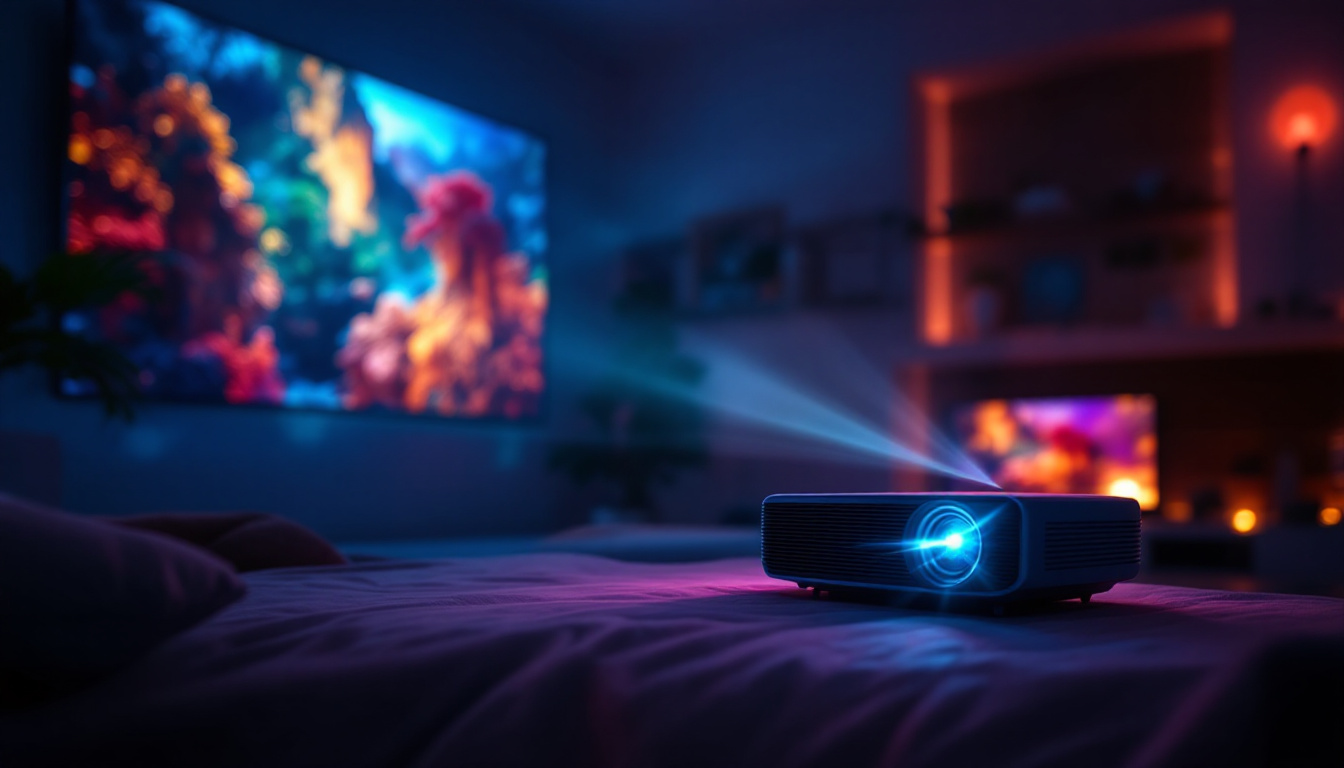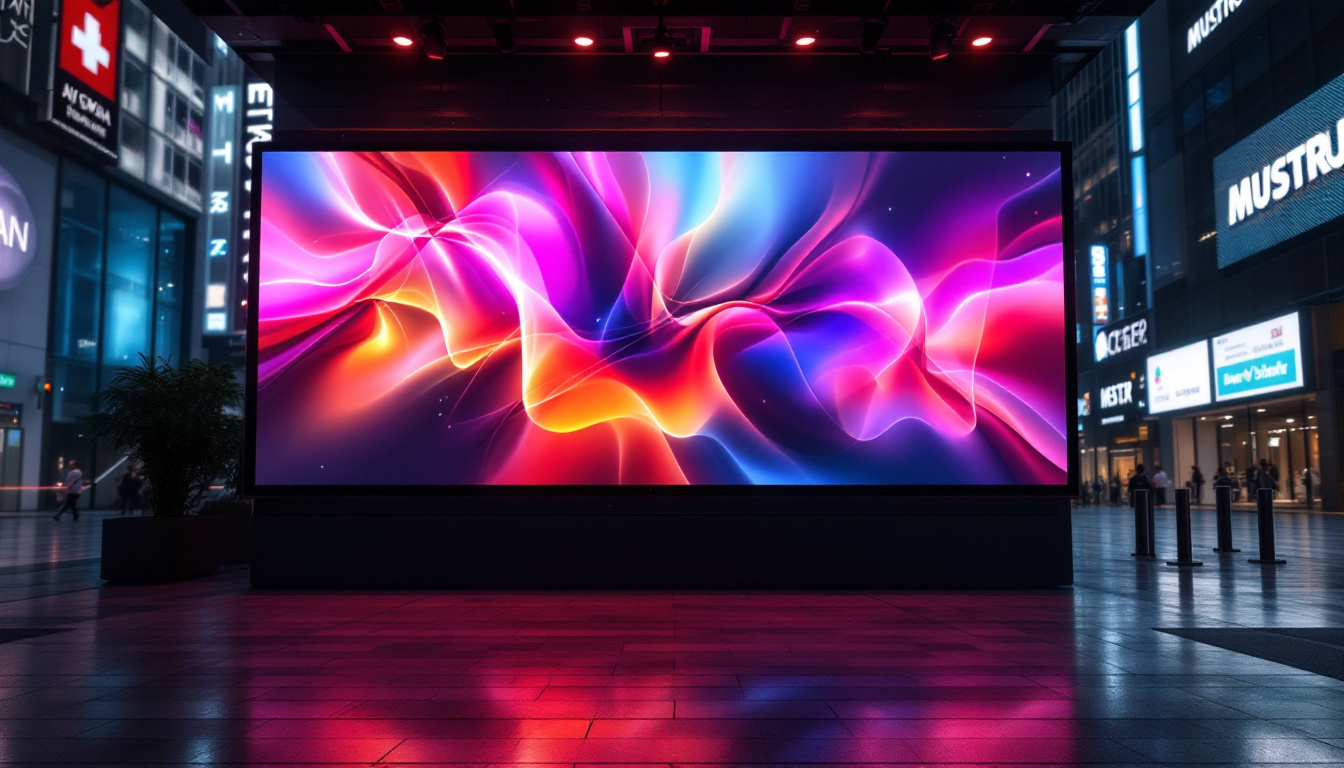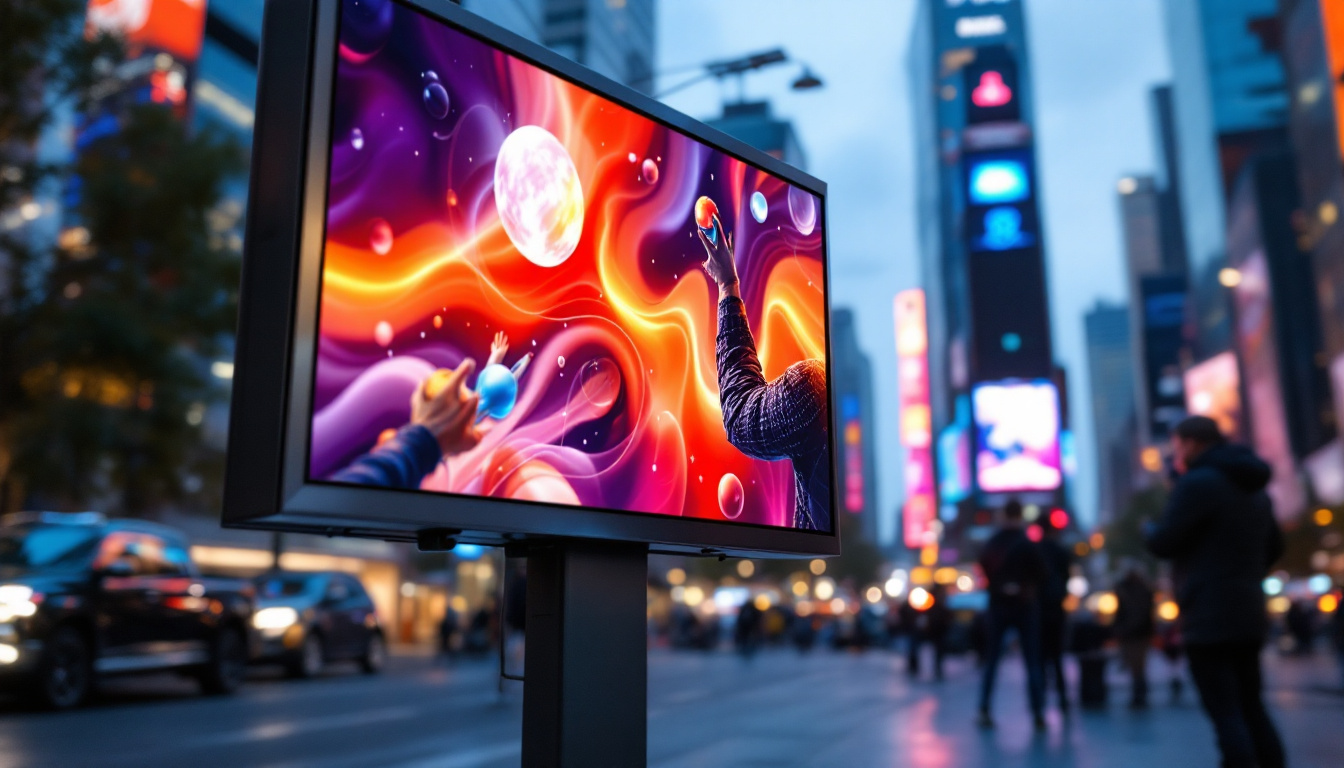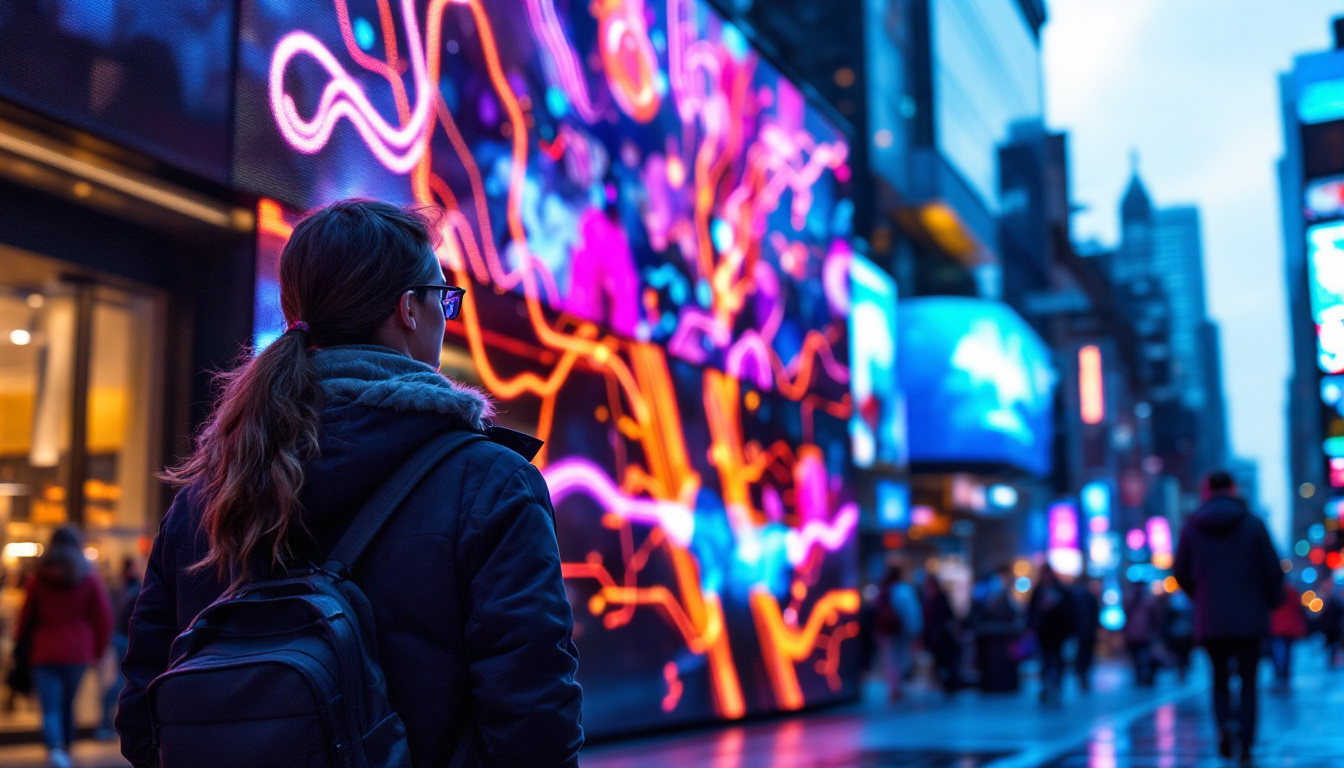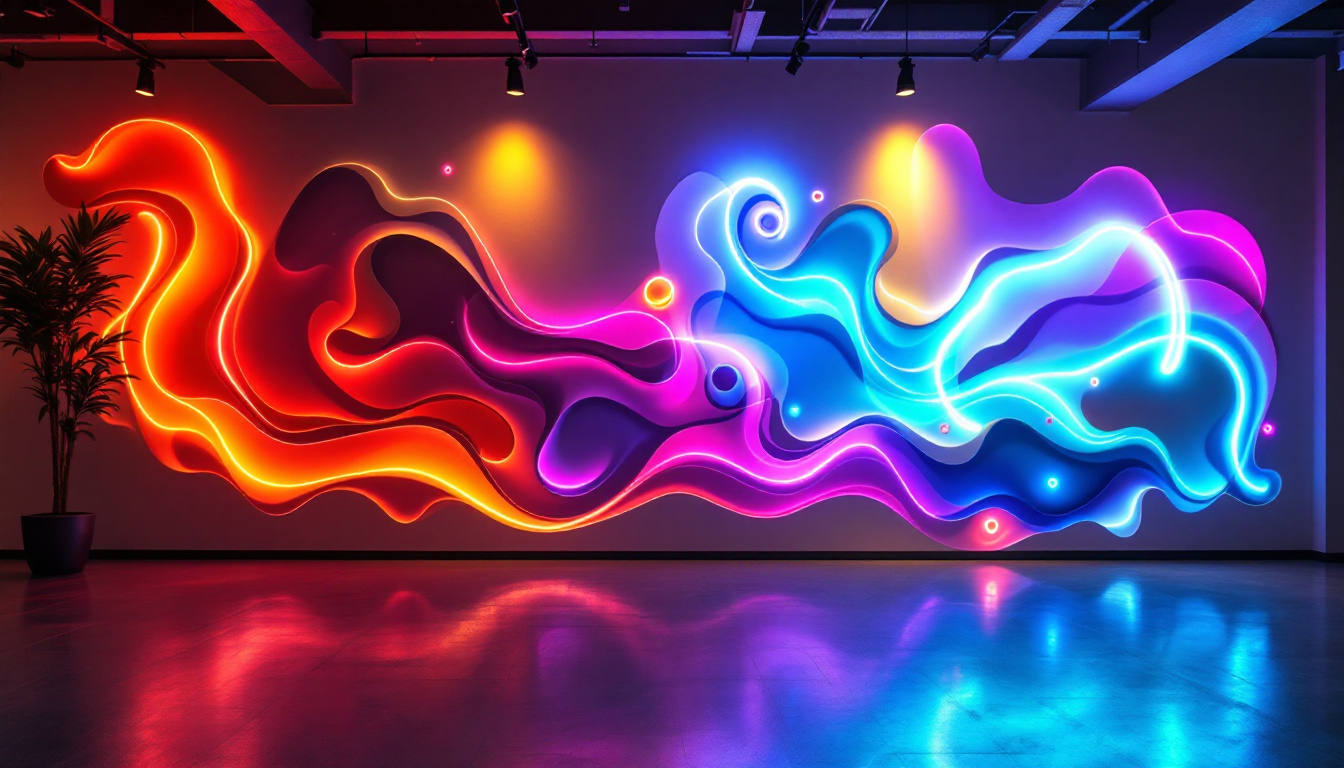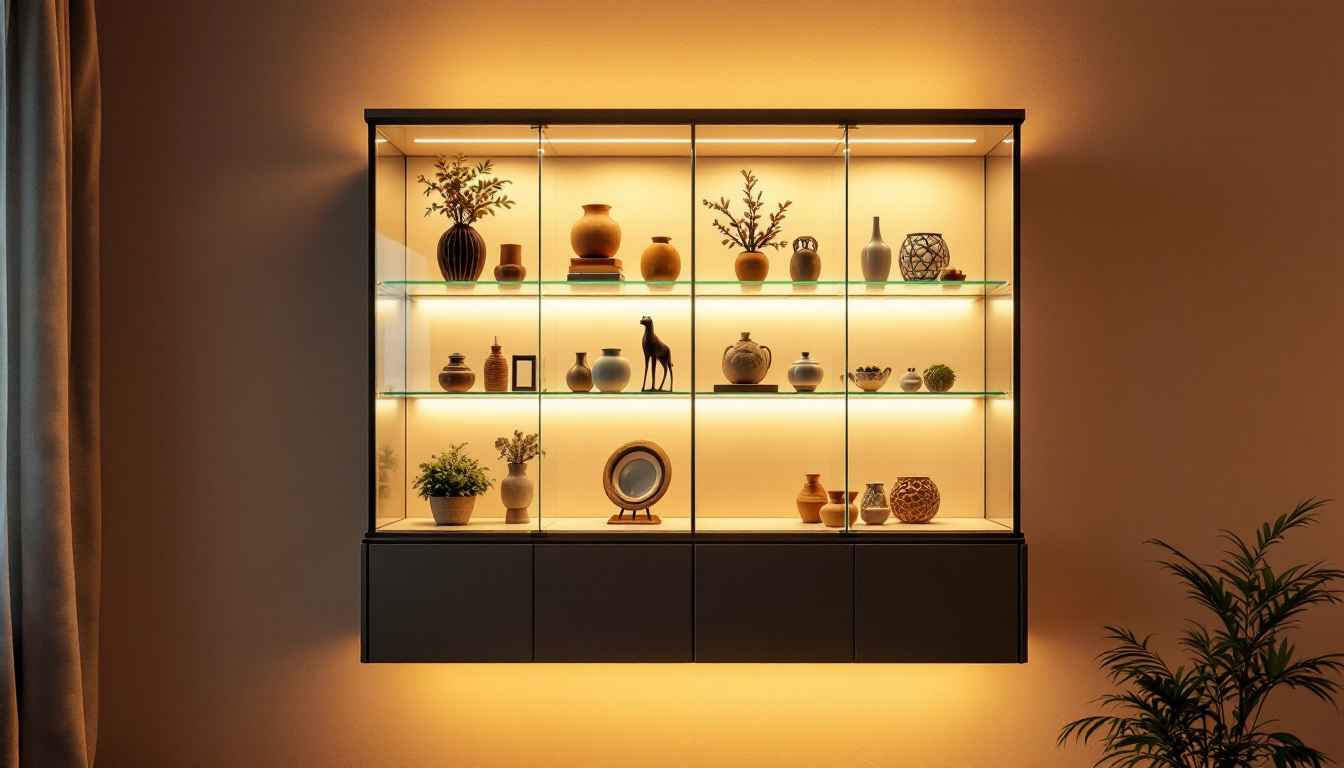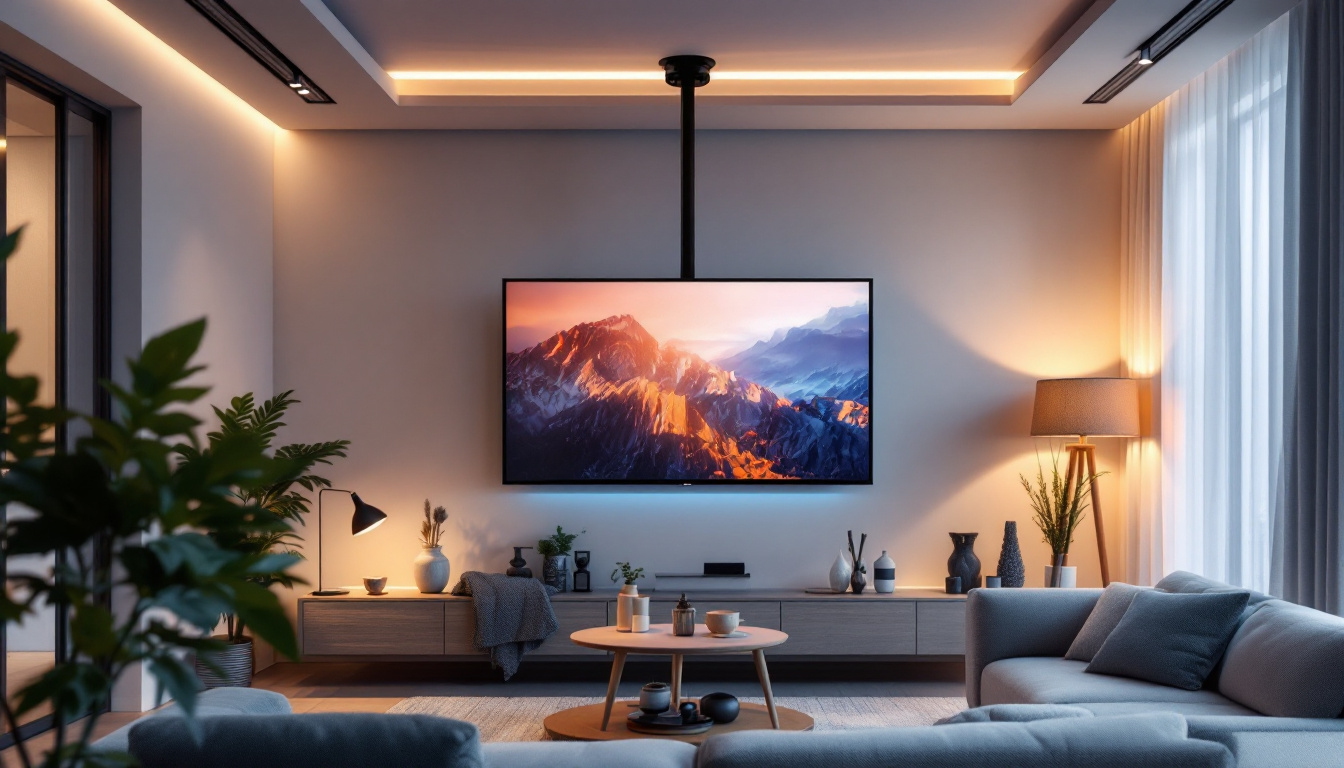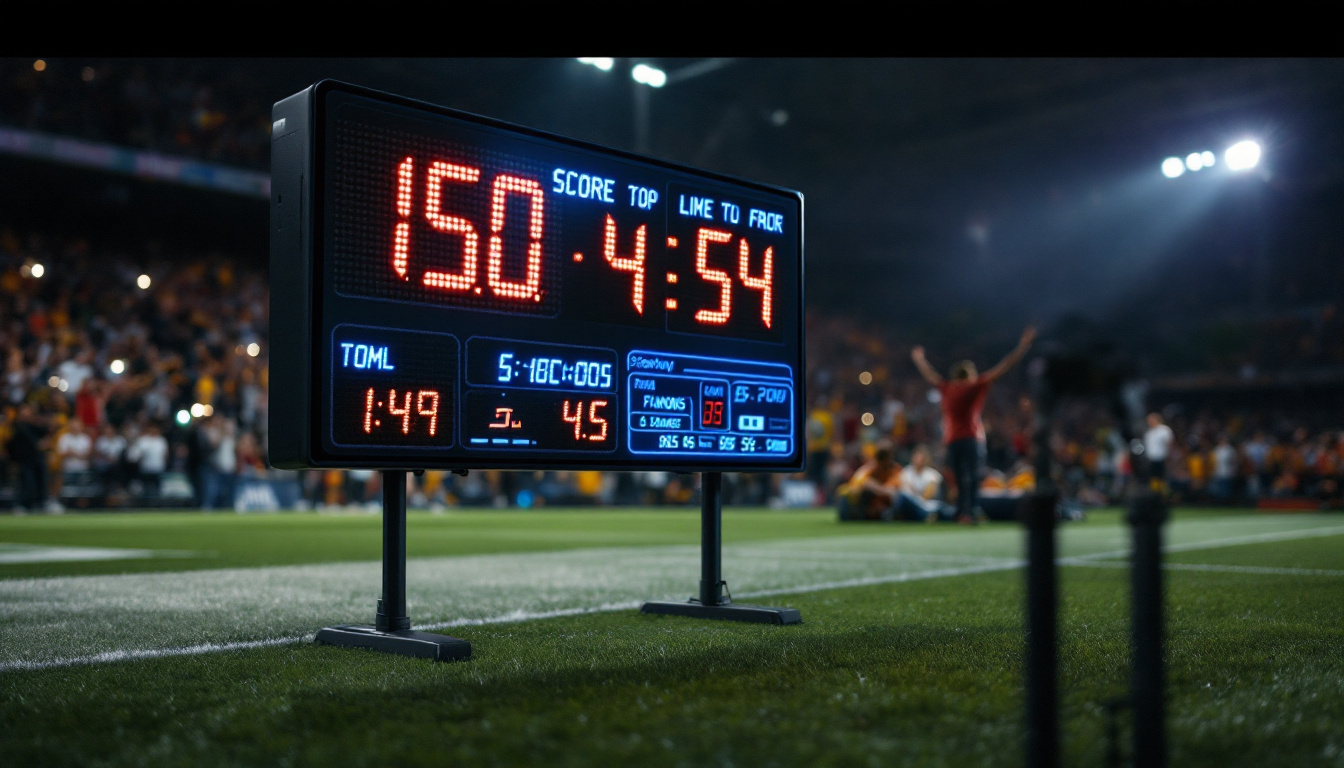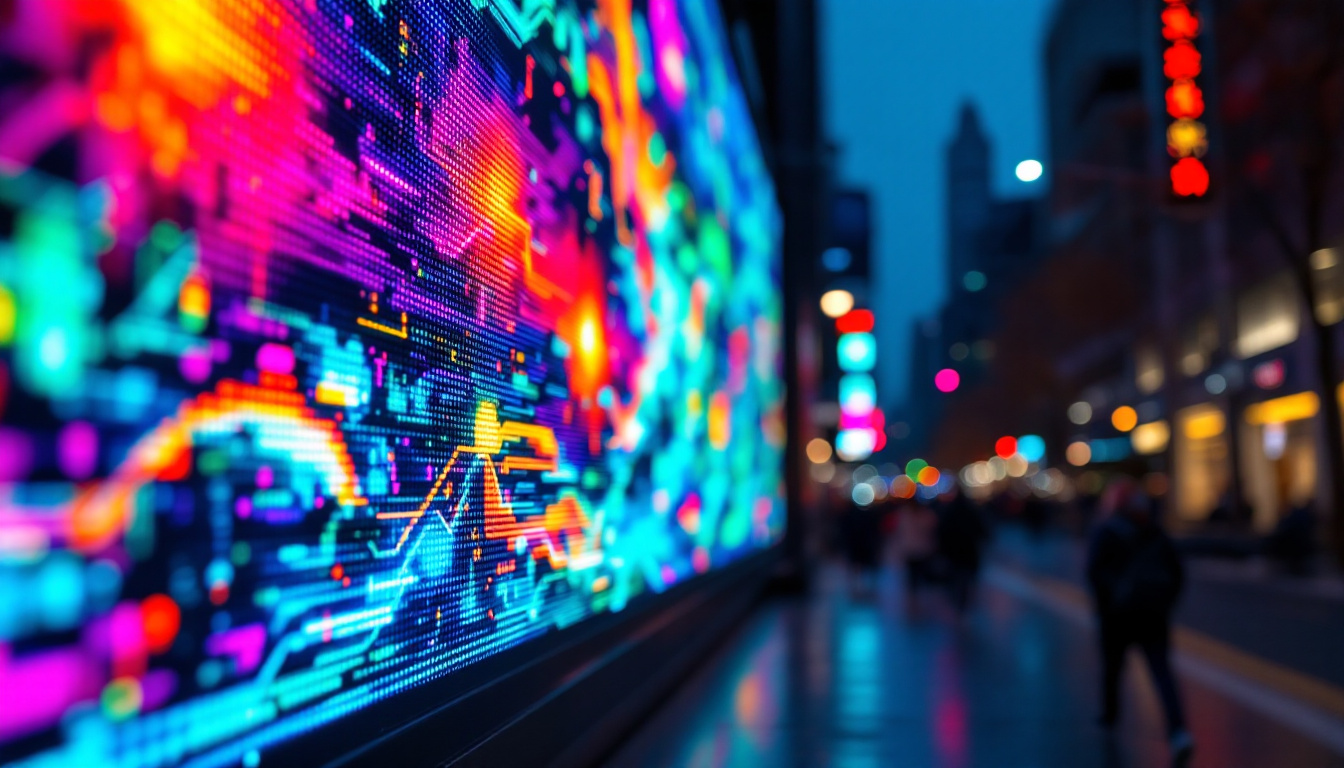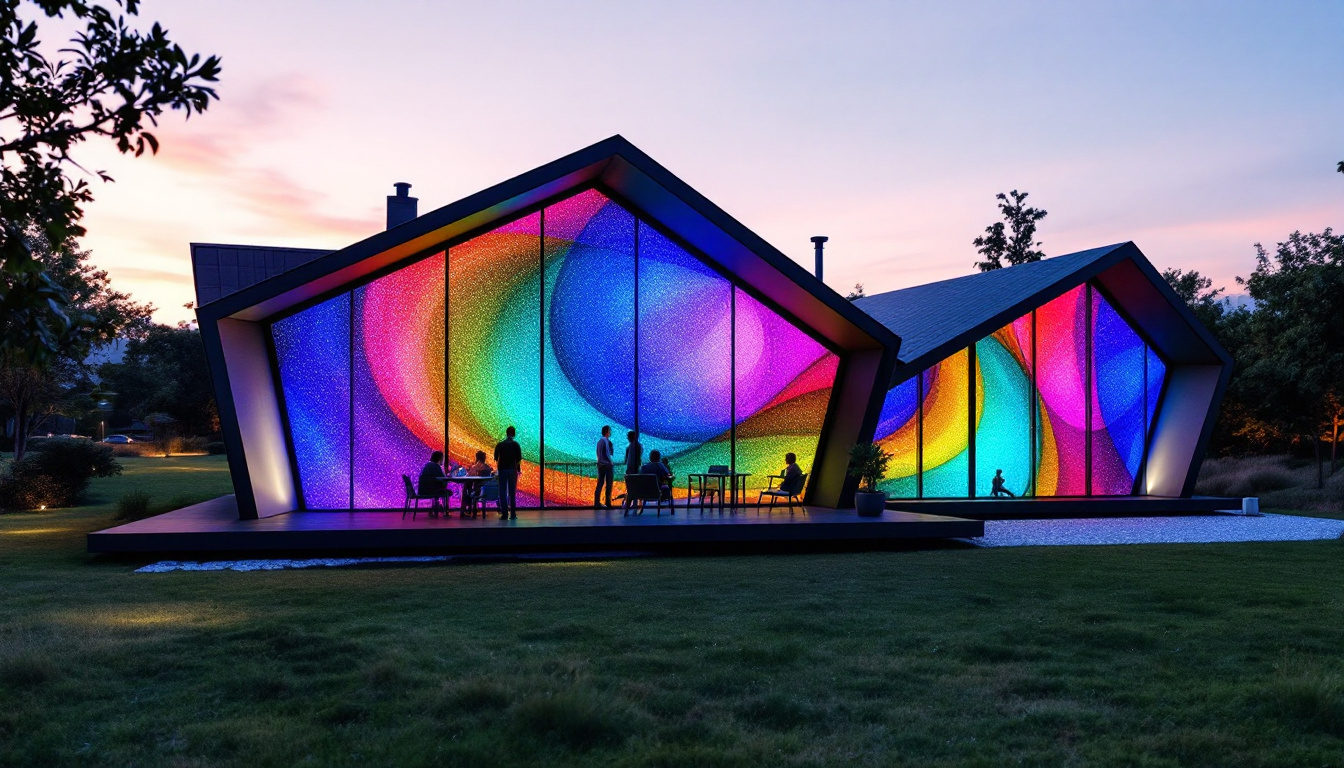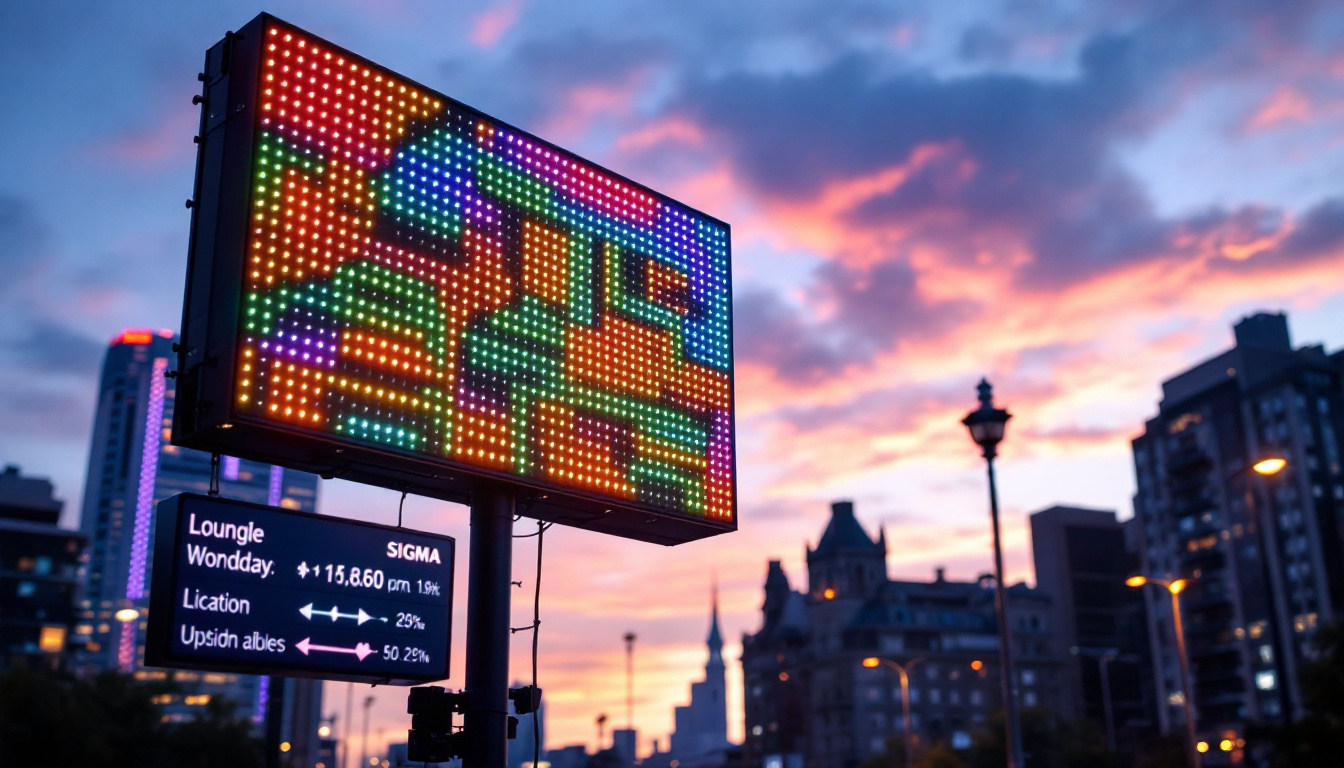In recent years, the evolution of display technology has led to the emergence of transparent screens, particularly those utilizing LED technology. These innovative displays have captured the attention of various industries, from retail to entertainment, due to their unique ability to blend digital content with the physical environment. This article delves into the intricacies of transparent screens, exploring their functionality, applications, and the technology that drives them.
Understanding Transparent Screens
Transparent screens are essentially displays that allow light to pass through while simultaneously presenting visual content. This dual functionality creates a fascinating interplay between the digital and physical worlds. Unlike traditional screens, which block light, transparent displays enable users to see through them, making them ideal for a variety of applications. From retail environments to automotive displays, these screens are revolutionizing how we interact with technology and our surroundings.
How Transparent Screens Work
The technology behind transparent screens primarily involves the use of LED (Light Emitting Diode) technology. These displays consist of a matrix of LEDs that can emit light in a controlled manner. When the screen is turned on, the LEDs illuminate specific areas, creating images or videos while allowing light to pass through the unlit sections.
In essence, transparent screens are designed to be semi-transparent, which means they can display content without completely obstructing the view behind them. This is achieved through advanced engineering techniques that optimize light transmission and color accuracy, ensuring that the displayed images are vibrant and engaging. The result is a unique visual experience that merges digital information with the physical environment, allowing for innovative advertising strategies and interactive installations.
Key Components of Transparent LED Displays
Several components contribute to the functionality of transparent LED displays. These include:
- LED Matrix: The core of the display, consisting of numerous tiny LEDs that can be individually controlled to create images.
- Control System: This system manages the input signals and ensures that the correct images are displayed at the right time.
- Transparent Substrate: The material that supports the LEDs while allowing light to pass through. Common materials include glass or specialized plastics.
Moreover, the integration of sensors and smart technology enhances the capabilities of transparent screens. For instance, touch-sensitive layers can be added, allowing users to interact directly with the display, making it a versatile tool for information dissemination and user engagement. Additionally, advancements in augmented reality (AR) are paving the way for even more immersive experiences, where digital overlays can be seamlessly integrated into the real world, further blurring the lines between the physical and digital realms.
As industries continue to explore the potential of transparent screens, we are witnessing a surge in creative applications. In retail, for example, these displays can transform storefronts into dynamic showcases that not only attract customers but also provide them with interactive experiences. Imagine walking past a shop window where products are displayed alongside engaging videos or promotional content that responds to your presence. This kind of innovation not only enhances customer engagement but also revolutionizes traditional marketing approaches, making the shopping experience more immersive and informative.
Applications of Transparent Screens
The versatility of transparent screens has led to their adoption across various sectors. From enhancing retail experiences to revolutionizing advertising, these displays offer unique solutions to modern challenges.
Retail and Advertising
One of the most prominent applications of transparent screens is in the retail sector. Retailers use these displays to showcase products while maintaining a clear view of the store’s interior. For instance, a transparent screen can be placed in a storefront window, allowing passersby to see both the products inside and the promotional content being displayed. This not only attracts attention but also enhances the shopping experience by providing information without obstructing visibility.
In advertising, transparent screens provide a novel way to engage consumers. Brands can create immersive advertisements that blend seamlessly with their surroundings, making the content more appealing and less intrusive. This innovative approach can lead to higher engagement rates and improved brand recall. Furthermore, these screens can be programmed to change content based on the time of day or specific events, allowing for targeted marketing strategies that resonate with different audiences. For example, a café could display morning specials in the early hours and transition to dessert promotions in the evening, effectively tailoring its message to the right customer at the right time.
Architecture and Interior Design
Transparent screens are also making waves in architecture and interior design. Architects are increasingly incorporating these displays into building facades, allowing for dynamic visual presentations that can change throughout the day. This not only adds aesthetic value but also serves functional purposes, such as displaying information or art. The ability to project images or videos onto transparent surfaces can transform a mundane building into a vibrant canvas, showcasing local artists or important community messages, thus fostering a sense of connection between the structure and its environment.
Inside commercial spaces, transparent screens can be used as partitions or decorative elements, providing privacy while still allowing light to flow through. This creates an open and inviting atmosphere, which is particularly appealing in modern office designs. Moreover, these screens can be equipped with interactive features, enabling users to access information or control the environment around them with simple gestures. For instance, a transparent screen could serve as a digital whiteboard in a conference room, allowing teams to brainstorm and visualize ideas without the clutter of traditional materials. This integration of technology not only enhances functionality but also promotes a culture of collaboration and innovation in the workplace.
Advantages of Transparent LED Displays
Transparent screens offer numerous advantages that set them apart from traditional display technologies. Understanding these benefits can help businesses and consumers make informed decisions about their use.
Enhanced Visual Appeal
One of the most significant advantages of transparent screens is their visual appeal. The ability to display vibrant images while allowing light to pass through creates a captivating effect that draws attention. This feature is particularly beneficial in retail and advertising, where capturing consumer interest is crucial.
Moreover, the transparency of these displays allows for creative design possibilities. Brands can use them to create eye-catching installations that enhance their identity and engage their audience in innovative ways.
Space Efficiency
Transparent screens are also space-efficient, making them ideal for environments where space is at a premium. Unlike traditional displays that require dedicated space, transparent screens can be integrated into existing structures without compromising functionality or aesthetics. This flexibility allows businesses to maximize their space while still delivering impactful visual content.
For example, in a crowded retail environment, a transparent display can serve as both a promotional tool and a functional element, such as a window or partition, thereby optimizing the use of space.
Challenges and Considerations
While transparent screens offer numerous benefits, they are not without their challenges. Understanding these challenges is essential for businesses considering their implementation.
Cost Implications
One of the primary challenges associated with transparent LED displays is the cost. The technology and materials used in these displays can be significantly more expensive than traditional screens. This higher initial investment may deter some businesses from adopting transparent screens, particularly small enterprises with limited budgets.
However, it is essential to consider the long-term benefits and potential return on investment. The unique capabilities of transparent displays can lead to increased customer engagement and sales, which may offset the initial costs over time.
Technical Limitations
Another consideration is the technical limitations of transparent screens. While advancements have been made, the transparency level can vary between different models, impacting the quality of the displayed content. Additionally, lighting conditions can affect visibility; in bright environments, the content may become less discernible.
To mitigate these issues, businesses should conduct thorough research and testing to ensure that the chosen transparent display meets their specific needs and performs well under various conditions.
The Future of Transparent LED Displays
The future of transparent LED displays appears promising as technology continues to evolve. Innovations in materials and manufacturing processes are expected to enhance the performance and affordability of these displays, making them more accessible to a broader range of industries.
Integration with Smart Technology
As smart technology becomes increasingly prevalent, the integration of transparent screens with smart systems is likely to become more common. This could include features such as interactive displays that respond to user inputs or the ability to connect with other digital devices for a seamless experience.
Such advancements could further enhance the utility of transparent screens, making them not just a visual tool but also an interactive platform that engages consumers in new ways.
Environmental Considerations
With growing awareness of environmental issues, the development of sustainable transparent displays is also on the horizon. Manufacturers are exploring eco-friendly materials and energy-efficient technologies to reduce the environmental impact of these displays. This shift not only aligns with global sustainability goals but also appeals to environmentally conscious consumers.
As the demand for sustainable solutions increases, transparent displays that prioritize eco-friendliness are likely to gain traction in the market.
Conclusion
Transparent LED displays represent a significant advancement in display technology, offering unique advantages across various sectors. Their ability to blend digital content with the physical environment creates engaging experiences that captivate audiences and enhance brand visibility.
While challenges such as cost and technical limitations exist, the potential benefits and future innovations make transparent screens an exciting area of exploration. As technology continues to evolve, these displays are poised to play an increasingly prominent role in shaping the way businesses communicate with their audiences.
In summary, the integration of transparent screens into retail, architecture, and advertising is not just a trend but a glimpse into the future of visual communication. As industries continue to embrace this technology, the possibilities for creativity and engagement are virtually limitless.
Discover the Future of LED Displays with LumenMatrix
Ready to elevate your visual communication and create unforgettable experiences? LumenMatrix is at the forefront of LED display innovation, offering a wide array of solutions that bring your brand to life. From Indoor and Outdoor LED Wall Displays to specialized options like Vehicle, Sports, and Floor LED Displays, our products are designed to captivate and engage. Embrace the future with our Custom, All-in-One, and LED Transparent Displays, and see how our cutting-edge technology can transform your space. Check out LumenMatrix LED Display Solutions today and join the revolution in digital signage and visual storytelling.

